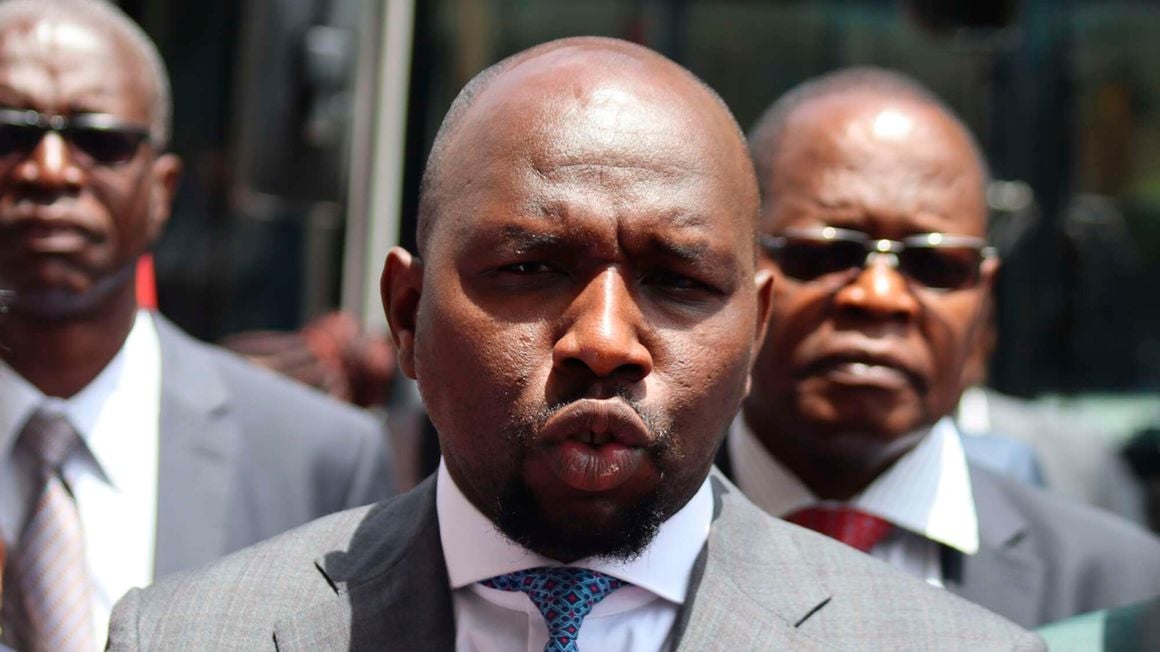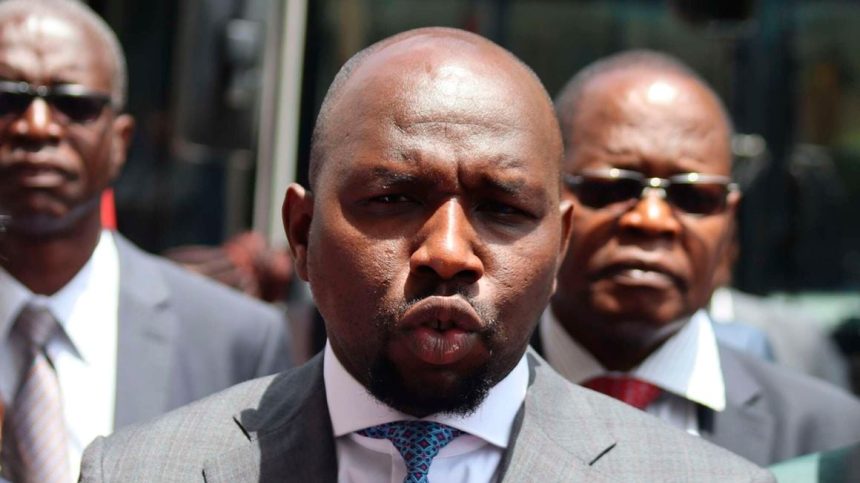President William Ruto’s administration has increased allocation for road projects in the upcoming financial year by more than three times to Sh239.5 billion, offering hope of payment to contractors owed billions in pending bills.
In a mini-budget for the current financial year ending June, the Kenya Kwanza administration slashed the roads budget by Sh47.29 billion to Sh77.94 billion as part of the austerity measures aimed at reducing the country’s budget deficit.
However, a Summary of the Budget Estimates shows that spending on road projects in the financial year 2023/24 has been substantially increased, with more than a third of the allocation going to the construction of new roads and bridges.
This points to a return to big-ticket projects that were popular in former President Uhuru Kenyatta’s administration.
“It (the funding) is for both (pending bills and new projects)…but more of pending bills and only select new projects as per government priority,” said an official at the Ministry of Transport.
The summary showed that another Sh80.7 billion will be for the maintenance of roads. Dr Ruto’s first budget will see rehabilitation take the remaining Sh50 billion.

In total, the budget is expected to gobble up Sh3.6 trillion and will be financed using taxes amounting to Sh2.43 trillion.
Borrowings—which will be used to fund road projects—have been projected at Sh663.5 billion from the projected Sh824 billion in the current fiscal year.
Last month, Transport Cabinet Secretary Kipchumba Murkomen told MPs that the government owes road contractors and landowners Sh145 billion in pending bills for certified works, adding to the working capital uncertainty for companies and timely delivery of ongoing projects around the country.
Local contractors are owed Sh50 billion while foreign firms have not been paid Sh60 billion, the Cabinet secretary told the lawmakers.
The balance of Sh35 billion is owed to landowners whose properties were acquired for road construction.
In a bid to open up Kenya, President Kenyatta built new roads in various parts of the country helping ease the movement of people and goods, but also overburdening taxpayers with huge debts.



